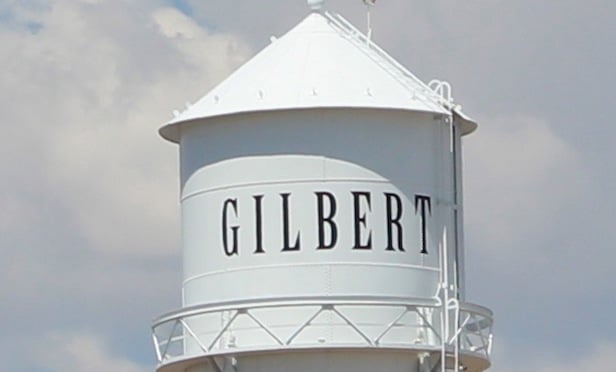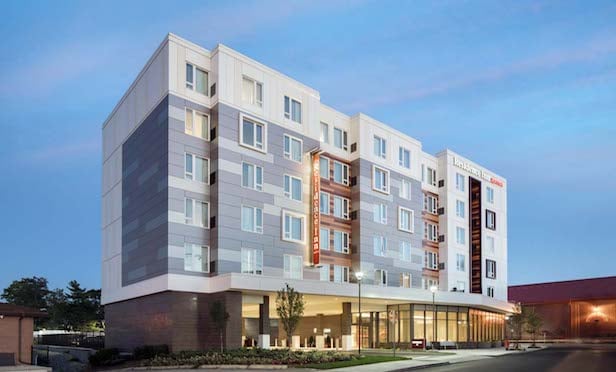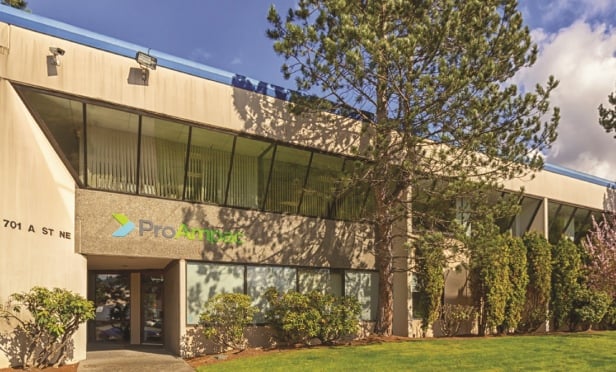NEW YORK CITY-As access to traditional forms of capital continues to tighten, an often underlooked source of funding can help foreign investors establish themselves in the US while benefiting the American economy: the federal EB-5 Immigrant Investor Program. Panelists discussed “The Art of the EB-5 Real Estate Transaction” at a conference hosted by Akerman Senterfitt in conjunction with the Urban Land Institute and the NYU Schack Institute of Real Estate on Monday morning at the Cornell Club in Midtown Manhattan.
The history of the EB-5 program goes back to the early 1990s, when Congress passed the law as part of the Immigration and Nationality Act of 1990. The original program allowed foreign investors to secure a preferred visa category status by providing funding to a business that benefits the US economy or saves at least 10 full-time jobs for American workers, explained Steven Polivy, chair of economic development and incentives practice at Akerman Senterfitt.
The law was subsequently expanded in 1992 to allow creation of regional centers, which is a legal entity--like a state or private entity--that seeks to promote economic growth by coordinating foreign investment into a targeted geographic region. With the aim of creating jobs and economic activity, the required investment amount for a regional center is around $1 million, Polivy said. “These changes, together with the utilization of the regional center program, has made the EB-5 program a real, vital active program that makes a lot of sense for real estate and all types of investment,” he said.
As a result, approximately 158 regional centers in 38 states were created across the country, with the majority located in California, Florida, Washington State, New York and Texas. But for developers and investors there are advantages and disadvantages to the program.
Overall, the EB-5 process can take six months to a year to get approved. Julia Yong-hee Park, principal attorney at Julia Park Law, said the US Citizenship and Immigration Services (USCIS) requires two legal filings, including I-526, a conditional green card filing; and two years later, a I-829, which details a business and economic analysis about the regional center. Once the I-526 is filed, the investor signs on and sends funds to an escrow account. After it is approved, the escrow funds are released and loaned out to the developer.
When structuring an EB-5 project, Park asks two questions: Does it meet the legal requirements, and from an investment standpoint, will it sell? “EB-5 projects nowadays are like commodities,” Park says. “You have to think of it in the view of the investor. They want a green card and they walk into a ‘supermarket.’ You go in, look at the shelf and see all these products and if you pick a good one and you get the job, you get your permanent green card two years later.”
While several projects across the country have benefited from the program--such as the Brooklyn Navy Yard, University of Miami Life Science Center and Battery Maritime Building--Richard Spees, chair of national government affairs and public policy practice for Akerman Senterfitt, says the EB-5 program expires on Sept. 30, 2012. A bill to extend the program was introduced in March, but since then, it has been stalled in the House and Senate. Spees called on Senator Patrick Leahy (D-VT) and Senator Chuck Schumer (D-NY) of the Senate Judiciary Committee to take action.
“They like the program, but there hasn’t been a fire under them yet. Everybody is hoping something will happen, but I don’t see a lot happening there,” Spees said. “I think the people need to get creative and deliver the message.” He added, “The inertia factor in Congress right now is just overwhelming. Nothing is getting done, gridlock is everywhere, so we have to keep pushing and pushing.”
The most successful EB-5 projects have demonstrated creative real estate solutions in major metros, explained moderator James P. Stuckey, divisional dean at NYU’s Schack Institute of Real Estate. With a refocus on urban manufacturing, Andrew Kimball, president and CEO of Brooklyn Navy Yard Development Corporation, became the city’s first organization to access low-cost financing--about $60 million--through the EB-5 Regional Center program.
The BNYDC manages the 300-acre navy yard site located between the Manhattan and Williamsburg Bridges on behalf of the city, who owns the land. The BNYDC leases approximately 4.5 million square feet of space in the yard to 275 tenants, 40 of which are clean tech “green” manufacturers. As of 2006, plans for a twelve-building expansion here--adding over 2 million square feet of new industrial space--will create $400 million of private investment and 2,000 new jobs.
Kimball said the site was nearly broke 20 years ago, but the BNYDC tapped into the city’s emerging “creative class” to attract tenants. “In particular around the yard, we wanted people who wanted to make things, start small and grow over time,” he said.
Paving the way for the BNYDC was Paul Levinsohn, managing principal at the New York City Regional Center. As the first EB-5 Regional Center approved in the five boroughs by the federal Department of Homeland Security, the NYCRC has secured over $300 million of EB-5 financing. The company recently secured financing for the Battery Maritime Building and Pier A in Lower Manhattan with The Dermont Company’s director of development, Drew Spitler.
To the south, Ben Cummings, managing director of Birch Capital LLC, secured the University of Miami Life Science and Technology Park through the EB-5 Immigrant Investor Pilot Program. He told future investors that it is “very important” to find a “strong real estate development project,” or else, risk failure. “You do have to sell this to foreign investors,” Cummings said. “Like any other real estate development, the last thing you want is one of your investors coming looking for your two or five years later because your project failed. We were fortunate to have this strong development project as our first one.”
© 2025 ALM Global, LLC, All Rights Reserved. Request academic re-use from www.copyright.com. All other uses, submit a request to [email protected]. For more information visit Asset & Logo Licensing.







